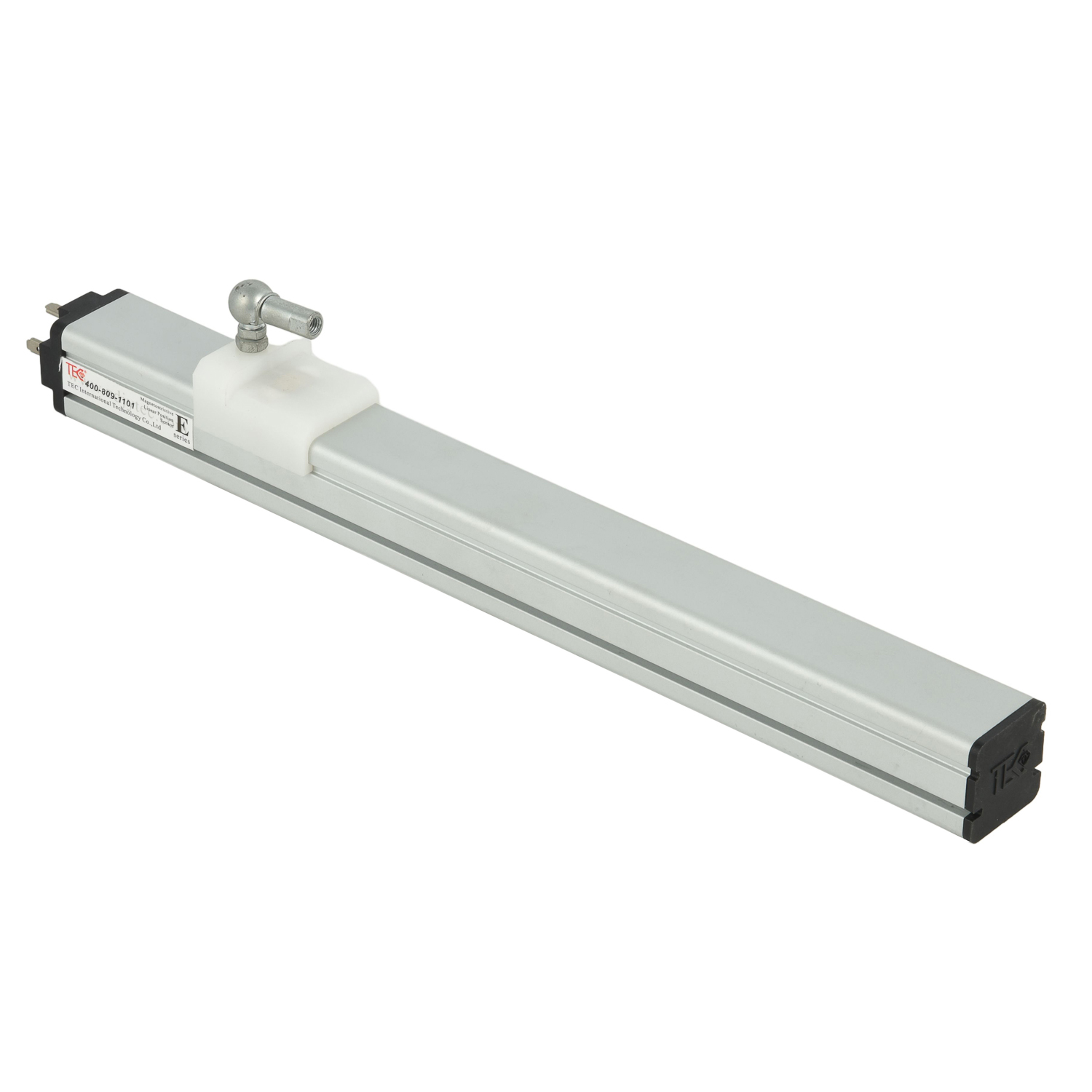What is the recommended calibration interval for magnetostrictive sensors?
Understanding the proper calibration frequency for magnetostrictive sensors is crucial for maintaining measurement accuracy and operational efficiency in industrial settings. These sophisticated devices require periodic adjustment to ensure they continue to deliver precise position and level measurements across various applications.
Industry Standards and Manufacturer Recommendations
Most sensor manufacturers recommend an initial calibration check after the first year of operation, followed by annual recalibration for standard industrial applications. Leading manufacturers like MTS Sensors, Balluff, and Temposonics typically suggest 12-month intervals for general use cases. However, specific recommendations may vary based on sensor model and application intensity, making it essential to consult your sensor's technical documentation for precise guidance.
Factors Influencing Calibration Frequency

Several critical factors determine how often your magnetostrictive sensors require calibration. Operational environment conditions such as extreme temperatures, vibration levels, and exposure to corrosive substances can significantly impact calibration stability. The required measurement precision level and criticality of the application also play vital roles – safety-critical systems often demand more frequent verification. Additionally, the sensor's duty cycle and historical performance data should inform your calibration schedule decisions.
Consequences of Improper Calibration Intervals
Neglecting regular calibration can lead to substantial measurement inaccuracies that compromise process quality and product consistency. Extended periods between calibrations increase the risk of unexpected downtime and costly production interruptions. In precision-dependent industries like aerospace or pharmaceutical manufacturing, inadequate calibration may even result in compliance issues and safety concerns.
Best Practices for Maintenance Scheduling
Implementing a proactive calibration program begins with establishing comprehensive documentation and tracking systems for all sensors. Consider implementing condition-based monitoring where possible, using performance metrics to determine optimal calibration timing rather than relying solely on fixed schedules. Many facilities benefit from creating calibration certificates and maintaining detailed historical records to track sensor performance trends over time.
Advanced calibration techniques including automated calibration systems and predictive maintenance technologies can significantly enhance your calibration program's effectiveness. These approaches often reduce overall maintenance costs while improving measurement reliability, ultimately extending the operational lifespan of your magnetostrictive sensors.
Special Considerations for Specific Applications
High-precision manufacturing environments typically require more frequent calibration – sometimes as often as every 3-6 months – to maintain tight tolerance requirements. Hazardous environment applications may need shorter intervals due to increased sensor stress, while continuous operation systems often benefit from quarterly checks to prevent unexpected failures. Always factor in your specific industry requirements and regulatory obligations when determining appropriate calibration frequency.
Implementing Your Calibration Program
Developing an effective calibration strategy involves assessing your specific operational needs and risk factors. Many organizations find value in partnering with certified calibration laboratories or utilizing manufacturer services for complex systems. Remember that proper calibration not only ensures accuracy but also protects your investment in sensor technology by maximizing equipment longevity and performance reliability.
 UpgradingYourLevelMeasurementS
UpgradingYourLevelMeasurementS
 Why are magnetostrictive level
Why are magnetostrictive level
 ComparingMagnetostrictiveandRa
ComparingMagnetostrictiveandRa
 MagnetostrictiveLevelSensorfor
MagnetostrictiveLevelSensorfor
